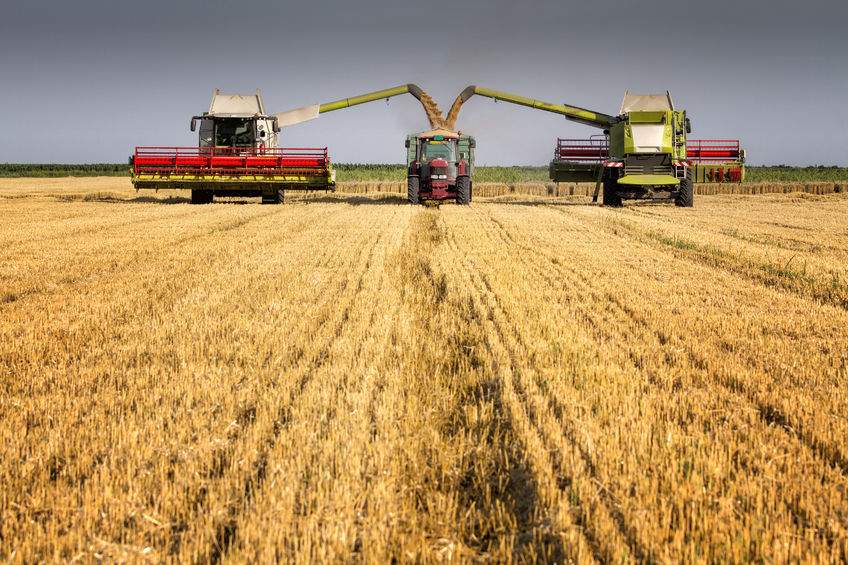
Subdued demand for farmland coupled with falling land prices and a lack of new supply across the rural sector sees calls for more post-Brexit clarity, according to a new survey.
The RICS/RAU Rural Land Market Survey H1 2017 shows demand for farmland continuing to soften across both mixed use and commercial sectors.
This marks the fourth consecutive report in which demand has reportedly declined.
This follows on from H2 2016 with respondents once again citing a lack of clarity over the post-Brexit landscape as negatively impacting the market.
Breaking it down, anecdotal evidence does suggest demand for higher quality land remains stronger in comparison, while purchasers are more selective when it comes to lower grade farmland.
Coupled with falling demand, there has been a fall in the availability of mixed use and commercial farmland for the second period in succession.
In spite of tightening supply conditions nationally, the recent drop-off in demand is still placing some downward pressure on prices.
This half, the transaction based measure of farmland prices edged lower for a third consecutive report to stand at £9936 per acre. This measure has slipped by around 9% based on the year-on-year data.
Negative territory
Looking ahead, respondents’ to the survey expect prices to remain in negative territory for the coming twelve months.
However, while 14% more respondents anticipate prices to decline in the coming year, this represents the least negative reading since 2015 and the price expectations have turned progressively less pessimistic in each of the last three reports.
Once again, blocks with a residential component continue to remain more resilient than those that are purely commercial.
The latest results point to a slight recovery in average arable land rents in H1. The increase in rents during the first half of 2017 left them up 3% compared to a year ago although still down 10% on the 2014 peak.
At the same time, average pasture land rents were flat through the first part of 2017, but remain down 2% on an annual comparison.
Yields on investment land hold steady this half, having only declined marginally to 1.5%, down from 1.6% a year prior. Most purchases continue to made by individual farmers, with just under a quarter of purchases being made by ‘lifestyle’ buyers.
Investments from agricultural businesses and institutional investors both accounted for just under 10%.
'Long-term stability'
Jason Beedell, Partner at rural property agents Strutt & Parker commented: “Farmland prices have fallen from their peak in late 2014 /early 2015 due to weaker demand from farmers, who are the main buyers of farmland.
“However, the average hides a great variation in prices, for example from £7,000 to well over £10,000 per acre for arable land. Prices depend on the quality of the land but also on, in many cases more significantly, whether there are acquisitive local farmers and investors, who are often looking to roll-over funds from the sale of residential development land.
“Where there is strong local interest, buyers are paying similar prices to the peak; elsewhere, land is struggling to attract interest and sell.
“Because of this, more land is being tested ‘off the market’, with neighbours or known active buyers, rather than being formally advertised and put ‘on the market’.
“The appointment of Michael Gove as secretary of state for environment, food and rural affairs has been generally welcomed, however the farming sector, like other industries, wants long-term stable policies which it understands and on which investment can be planned.”
Alex Lawson, MRICS Director of National Farms & Estates at Savills commented: “Given the wider political and economic landscape, it is unsurprising that there are some concerns in the market.
“However, there is an inherent confidence in the sector and where quality farms and estates are priced and presented correctly, they continue to sell well. Although prices vary greatly, depending on location, calibre and whether or not there is competition”
